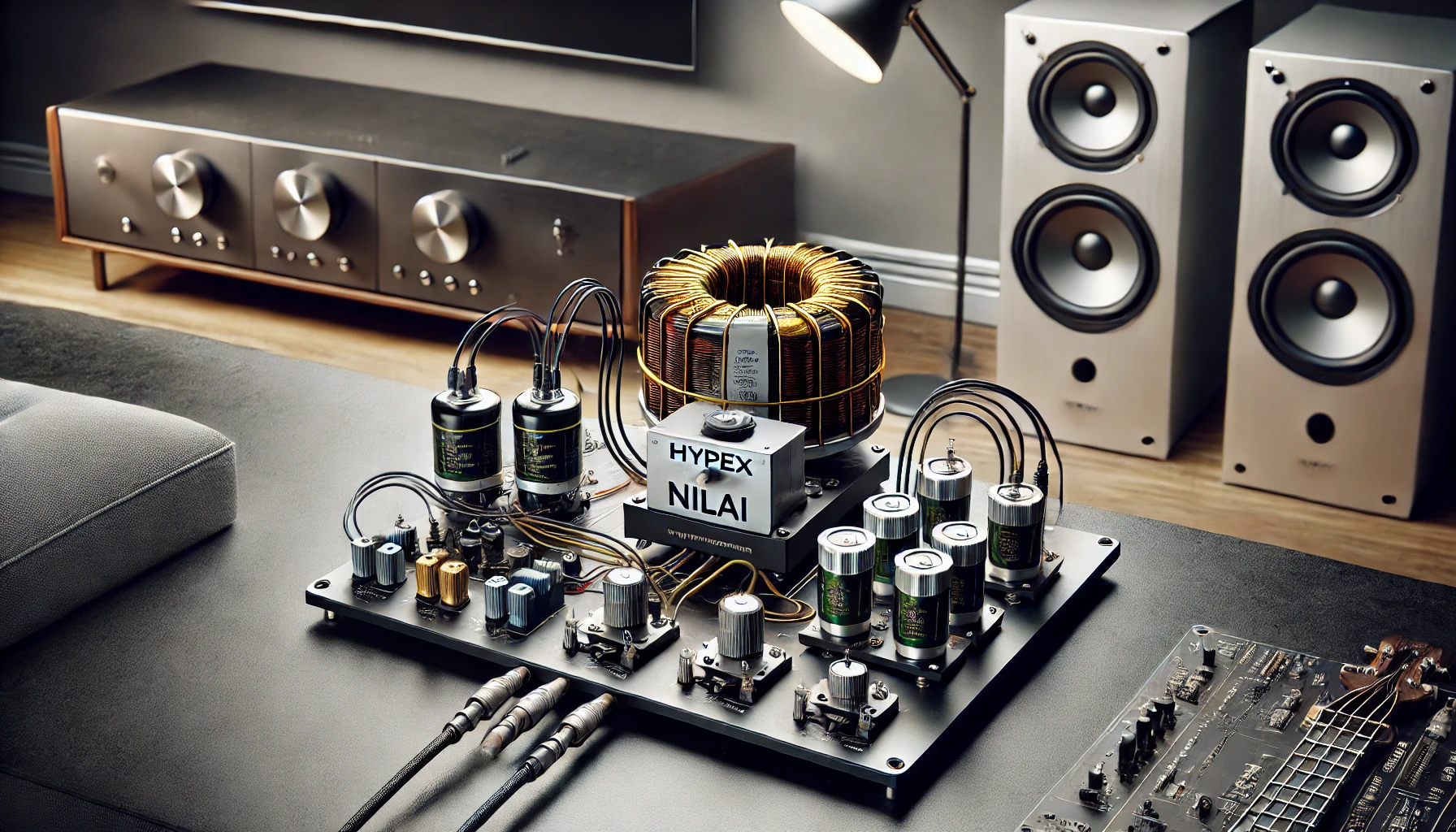Understanding IF AI Custom Nodes
AI Custom Nodes: These are user-defined nodes within a machine learning or AI workflow that perform specific functions tailored to the unique requirements of a project. Unlike pre-built nodes, which come with standard machine learning libraries or frameworks, custom nodes allow developers to design and implement specialized algorithms, data processing steps, or integration points that are not available in out-of-the-box solutions.
Custom nodes can be thought of as the building blocks of an AI pipeline, offering a way to insert custom logic or processing steps into a larger workflow. Whether you’re working with TensorFlow, PyTorch, or a visual programming tool like Node-RED, custom nodes give you the flexibility to extend and adapt the capabilities of your AI models.
You may also read: Clash Verge 1.6.1: A Comprehensive Guide to Installation and Optimization
Why Custom Nodes Are Essential in if AI Development
AI development often requires a level of customization that standard tools and frameworks cannot provide. Here’s why AI custom nodes are essential:
- Tailored Processing: Every AI project is unique, with its own set of challenges and requirements. Custom nodes allow developers to address specific needs, such as processing proprietary data formats or implementing niche algorithms.
- Integration with External Systems: In many cases,if AI models need to interact with external systems, such as databases, APIs, or IoT devices. Custom nodes can be designed to handle these interactions seamlessly, enabling smooth integration within broader enterprise systems.
- Optimization and Performance: Pre-built nodes may not always be optimized for specific tasks. Custom nodes enable fine-tuning and optimization to improve the performance of AI models, ensuring that they operate efficiently even in resource-constrained environments.
- Enhanced Flexibility: Custom nodes offer the flexibility to experiment with new approaches, test unconventional methods, and iterate quickly on ideas that are not supported by existing frameworks.
How to Create AI Custom Nodes
Creating custom nodes involves several steps, depending on the platform or framework you’re using. Below, we’ll explore the general process, using examples from popular if AI frameworks.
1. Identify the Need for a if_ai custom nodes
Before diving into development, it’s crucial to identify the specific need for a custom node. Ask yourself questions like:
- What specific function or processing step is missing from the standard nodes?
- How will the custom node improve the overall workflow?
- Are there any existing nodes that can be modified instead of creating a new one?
2. Define the Node’s Functionality
Once you’ve identified the need, the next step is to clearly define what the custom node will do. This involves specifying:
- The input data types and formats the node will accept.
- The processing or transformation steps the node will perform.
- The expected output of the node, including data formats and types.
3. Develop the Custom Node
The development process varies depending on the platform:
- For TensorFlow or PyTorch: You might create a custom operation or layer by extending existing classes. This involves writing code in Python (or another language) and integrating it into your model.
- For Node-RED: You can create a custom node using JavaScript. Node-RED provides a framework for developing and registering custom nodes that can be used in its visual programming environment.
- For Cloud-Based AI Platforms: Platforms like Google Cloud AI or AWS SageMaker may offer specific APIs or SDKs for creating custom nodes or operators.
4. Integrate the Node into the Workflow
After development, the custom node needs to be integrated into your AI workflow. This step involves:
- Testing the node in isolation to ensure it performs as expected.
- Connecting the node to other parts of the workflow, ensuring it receives the correct inputs and passes outputs to subsequent nodes.
- Iterating on the node’s design and functionality based on testing and feedback.
5. Optimize and Fine-Tune
Optimization is a critical step. This includes:
- Profiling the node’s performance to identify bottlenecks.
- Adjusting parameters and code to improve efficiency.
- Ensuring that the node works well within the larger workflow, without introducing latency or errors.
Practical Applications of AI Custom Nodes
Custom Data Preprocessing: Many AI projects require unique data preprocessing steps. For example, if you’re working with image data in an unconventional format, a custom node can be created to handle the conversion and normalization process before feeding the data into a model.
Specialized Algorithms: Suppose you’re implementing a new machine learning algorithm that isn’t available in existing libraries. In that case, a custom node allows you to incorporate this algorithm into your workflow, providing a way to experiment with cutting-edge techniques.
IoT and Real-Time Processing: In IoT applications, developers can use custom nodes to process sensor data in real-time, perform edge computing tasks, or integrate with hardware-specific protocols that standard nodes do not support.
Custom Visualization and Reporting: AI custom nodes can also be developed for generating custom visualizations or reports based on model outputs, enabling better interpretation and communication of results.
Challenges and Best Practices
1. Complexity and Maintenance: Custom nodes can add complexity to your AI workflow, making it harder to maintain and troubleshoot. To mitigate this issue, make sure to document your custom nodes well and keep them modular, providing clear input and output specifications.
2. Compatibility Issues: When creating custom nodes, ensure they are compatible with the rest of your workflow, including the framework and other nodes you are using. Regularly update and test your custom nodes to maintain compatibility with new versions of the underlying platform.
3. Testing and Validation: Rigorously test custom nodes in various scenarios to ensure they handle edge cases and unexpected inputs gracefully. Validation is crucial to ensure that the node performs consistently across different data sets and conditions.
4. Performance Optimization: Custom nodes should be optimized for performance, particularly if they are part of a real-time processing pipeline. Use profiling tools to identify bottlenecks and optimize code for speed and efficiency.
Future of AI Custom Nodes
As AI continues to evolve, the need for customization will only increase. Future advancements in if_ai custom nodes may include:
- Automated Node Generation: Tools that automatically generate custom nodes based on user-defined criteria, reducing the need for manual coding.
- Increased Interoperability: Improved standards and frameworks that make it easier to create custom nodes that work across multiple AI platforms and ecosystems.
- Enhanced Visualization Tools: Better tools for visualizing and debugging custom nodes, making it easier for developers to understand and optimize complex workflows.
Frequently Asked Questions
What are AI custom nodes?
Users define if_ai custom nodes as components within an AI or machine learning workflow that perform specialized functions, allowing for tailored processing, integration, and optimization that
Why are AI custom nodes important?
If_ai custom nodes are important because they offer the flexibility to address unique project requirements, allow integration with external systems, help optimize performance, and enable experimentation with new approaches that standard AI frameworks do not support.
How do I create a custom node in TensorFlow?
To create a custom node in TensorFlow, you typically extend an existing class, such as tf.Module or tf.keras.layers.Layer, to define the node’s functionality. This involves writing custom code to handle inputs, processing, and outputs.
Can custom nodes be used in real-time processing?
Yes, developers can design custom nodes for real-time processing, especially in IoT applications or edge computing scenarios where they require immediate data processing.
Are there tools to help develop AI custom nodes?
Yes, various AI platforms offer tools and SDKs to help develop custom nodes. For example, Node-RED provides a framework for creating custom nodes using JavaScript, while TensorFlow and PyTorch offer APIs for extending their capabilities.
What are the challenges of using custom nodes? Challenges include increased complexity, potential compatibility issues. The need for thorough testing and validation, and the requirement for performance optimization to ensure the custom node integrates smoothly into the workflow.
Conclusion
AI custom nodes represent a powerful tool for developers looking to create advanced, tailored if AI solutions. By understanding how to create, implement, and optimize these nodes. You can significantly enhance the capabilities of your AI workflows. Ensuring they meet the specific needs of your projects. As AI technology continues to advance, the ability to customize. Extend these workflows will become increasingly important, making custom nodes an essential component in the AI developer’s toolkit.




